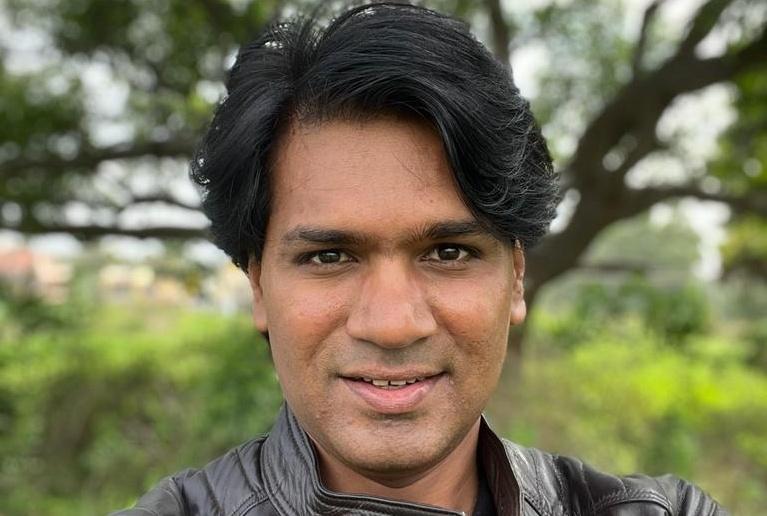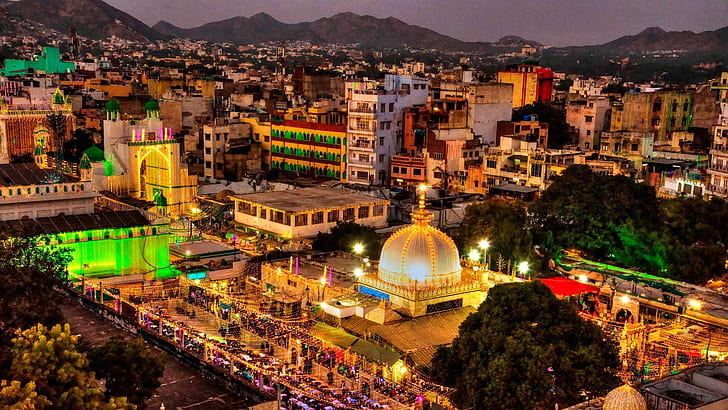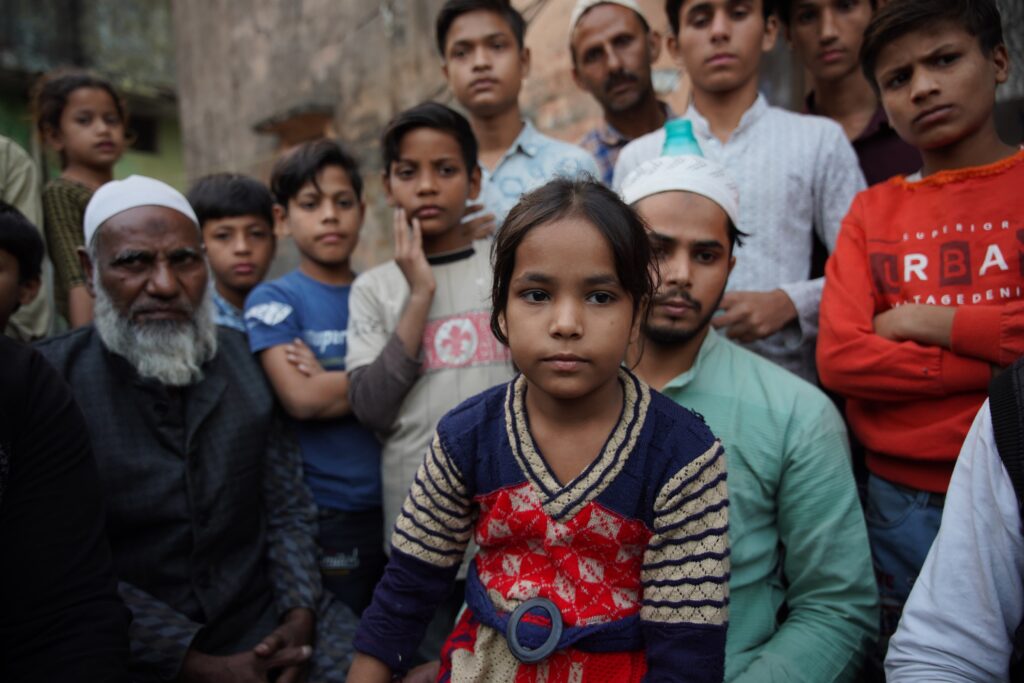
Amidst the political row over unveiling of a portrait of Vinayak Damodar Savarkar in the state assembly in BJP-ruled Karnataka, the Maharashtra legislature and government are seeking a memorial for the revolutionary-turned-Hindutva icon at Marseille in France.
Rahul Narwekar, speaker of the Maharashtra legislative assembly, has taken the initiative for the memorial. It will mark Savarkar’s failed yet dramatic attempt in 1910 to escape his British captors when he was being brought from England to India to stand trial for his revolutionary and anti-British activities. “Swatantryaveer Savarkar’s historic leap into the ocean and his swim to the coast of Marseille has completed 112 years. This incident pitched the Indian freedom struggle into the limelight and, hence, needs recognition. There are demands that a memorial needs to be developed to commemorate this,” said Narwekar.
Narwekar added that he had met Union home minister Amit Shah and external affairs minister S. Jaishankar to seek help for the memorial. “The response from their side has been heartening. We are in touch with the ministry of external affairs, the [municipal] council of Marseille and the French government to ensure that we succeed in building this memorial,” he said, adding that Maharashtra deputy chief minister Devendra Fadnavis had also taken the initiative.
Once the permissions come through, a committee will be set up to decide on the plan for the statue and memorial. The plan is to launch work by July 2023.
This may emerge as a fresh flashpoint between the Balasahebanchi Shiv Sena (BSS)-BJP coalition government and the Opposition Maharashtra Vikas Aghadi (MVA). The Congress has been vocal in its criticism of Savarkar, with Rahul Gandhi producing a copy of Savarkar’s petition to the British seeking release from the forbidding confines of the Cellular Jail in the Andamans, where he was interred after being sentenced to two terms of life imprisonment totalling 50 years. After multiple petitions to the authorities, Savarkar was released from the prison in 1921 and then kept in jails in the Bombay Presidency. He was then allowed to stay with his family in Ratnagiri under the condition that he would not leave the district without the consent of authorities and not participate in politics. In 1937, these conditions were done away with, and Savarkar became the president of the Akhil Bharatiya Hindu Mahasabha.
This story was originally published in indiatoday.in . Read the full story here





